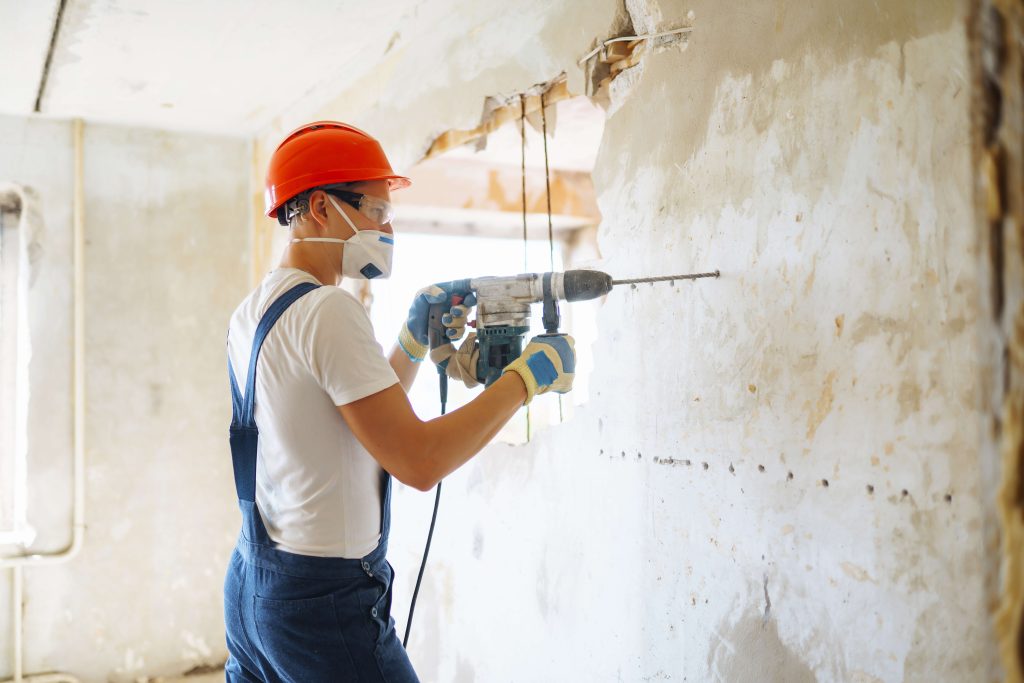
As our beloved relatives age, their safety becomes a top priority, whether they still live independently, or you’ve made the choice as a family for them to move in with you.
Making your home safe for your loved ones is crucial to ensure their well-being and peace of mind. Even minor falls can pose serious risks to the elderly, however, with some careful alterations to your home, you can create a safe and comfortable environment for them.
So, if you’re preparing to move your elderly relative into the spare room – or even a designated granny-flat – here are just six effective ways to make your home safer.
1. Remove Trip Hazards
One of the most common causes of accidents for the elderly is tripping and falling. To minimise this risk, you should start by removing any potential tripping hazards from your home. Pay close attention to area rugs, loose cables, and thresholds – there should be a smooth transition between rooms.
If you find that you’re struggling to put things away where they belong, then it could be time for a declutter. Consider selling any unwanted items on platforms such as Vinted, or even donate them to your local charity shop.
By addressing tripping hazards, you can help to reduce the chances of falls in your home.
2. Install Handrails
Installing handrails in key areas of your home can help to provide your elderly relatives with crucial support as they move around the home.
Common include bathrooms, staircases, and hallways, and in the bathroom, consider installing several grab bars. These should ideally be near the toilet and in the shower or bathtub to help with stability.
Grab bars can continue to help the elderly move around independently, thus improving their mental and physical health.
3. Opt for a Stairlift
While ideally the bedroom that your elderly relative is going to be using should be on the ground floor, depending on the design of your home, this may not be possible.
If either the bedroom or bathroom is upstairs, then installing a stairlift could be a vital addition to your home.
Of course, you may not need a stairlift long term, the mobility issues or your relatives could be temporary. If this is the case, experts such as We Buy Any Stairlift can remove this addition and leave your staircase looking as good as new.
4. Improve Your Lighting
It is essential that you improve the lighting in your home as dimly lit areas can be a danger for those already unsteady on their feet.
Begin by replacing outdated or dim light fixtures with brighter LED bulbs, and make sure that all hallways are well-lit to eliminate shadows and reduce the risk of tripping.
Additionally, you could consider installing voice activated lighting controls, such as Amazon’s Alexa. That way anyone in your home can turn on the light with their voice, eliminating the struggle of getting up in the dark to access the light switch.
5. Make Bathroom Changes
The bathroom can be a particularly hazardous area for elderly due to the number of slippery surfaces. In order to make your bathroom safer, consider installing a walk-in shower or bathtub with a low threshold for easy entry.
Bathroom modifications can significantly reduce the likelihood of accidents and injuries.
6. Enhance Overall Accessibility
Finally, take a look at your home as a whole and consider any accessibility alterations that you could make for your relatives’ specific needs.
For example, if they require a wheelchair, then you may find that the doors are not wide enough to accommodate this.
Have you made home renovations to improve the wellbeing of a relative? Share your tips in the comments below!










